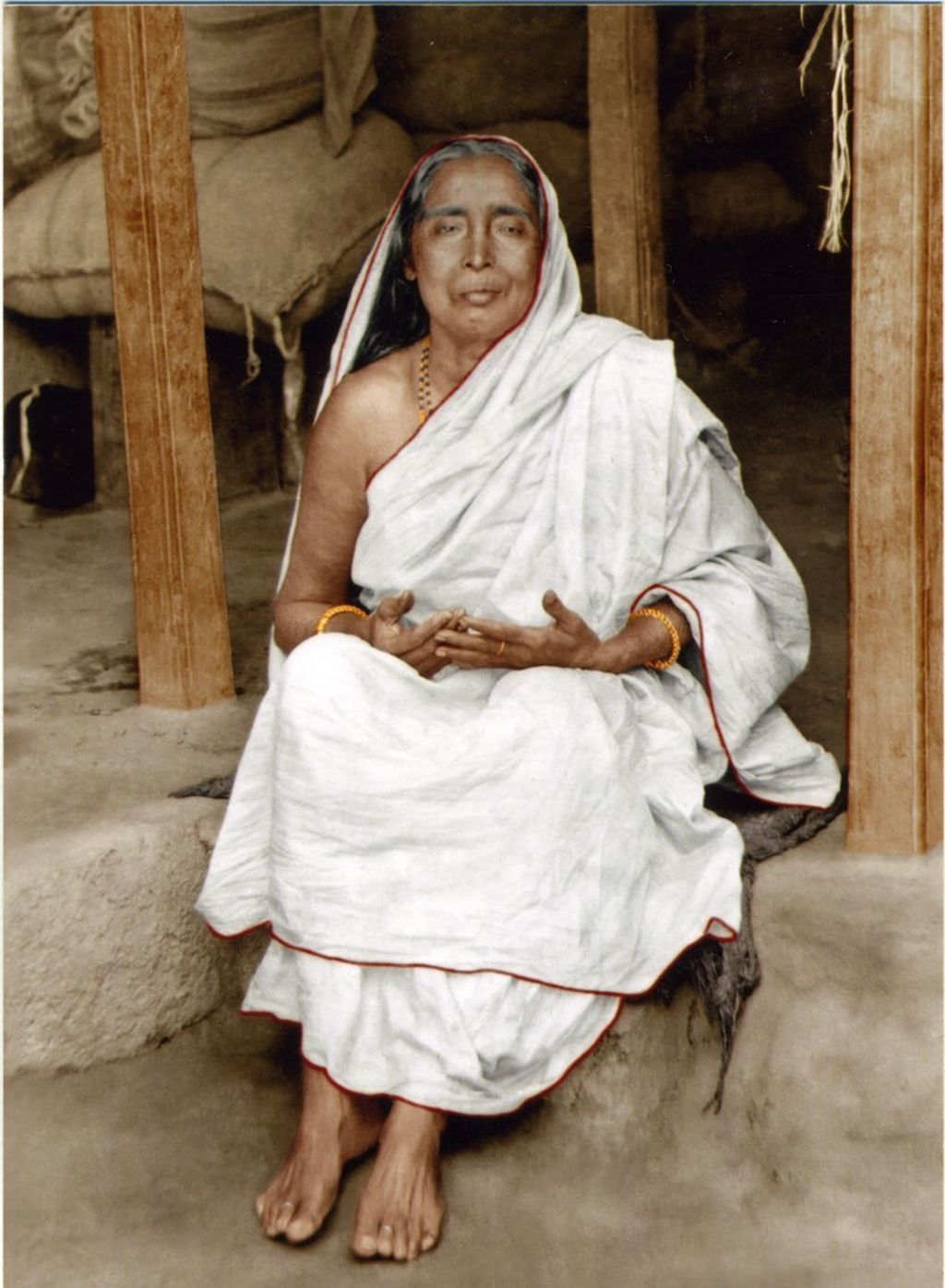The Mahabharat, one of the greatest epics of India, is not just a story; it is a profound reflection of life, morality, and human nature. Written by the sage Vyasa, it consists of over 100,000 shlokas, making it one of the longest epics in the world. The epic narrates the story of the Pandavas and the Kauravas, exploring themes of duty, righteousness, power, and devotion. Beyond mythology, the Mahabharat is a guide to ethical living, governance, and spirituality.
Historical Significance of The Mahabharat
The Mahabharat is believed to have been composed between 400 BCE and 400 CE, though its stories likely existed orally for centuries before being written down. The epic is set in the Kurukshetra war, a historical and moral battlefield, and offers insights into the socio-political and cultural practices of ancient India. Scholars consider it not only a historical narrative but also a source of philosophical and spiritual wisdom, influencing Indian thought for millennia.
Key Characters and Their Importance

The Mahabharat introduces a wide array of characters, each symbolizing different human qualities:
- Pandavas: Yudhishthira, Bhima, Arjuna, Nakula, and Sahadeva, representing righteousness, strength, skill, and wisdom.
- Kauravas: Led by Duryodhana, they symbolize greed, ambition, and ego.
- Krishna: The divine guide and charioteer of Arjuna, whose teachings in the Bhagavad Gita remain timeless spiritual guidance.
- Draupadi: The queen of the Pandavas, embodying resilience, dignity, and devotion.
These characters’ journeys depict the eternal struggle between good and evil, illustrating the consequences of actions, choices, and dharma (duty).
Themes of Dharma and Karma
At its core, the Mahabharat revolves around dharma (righteousness) and karma (action and consequences). Each character faces moral dilemmas, demonstrating that the right path is often challenging yet essential. Yudhishthira’s commitment to truth, Arjuna’s internal conflict before the war, and Krishna’s guidance highlight the importance of ethics, duty, and righteous leadership in personal and societal life.
The Bhagavad Gita: Spiritual Wisdom
One of the most significant aspects of the Mahabharat is the Bhagavad Gita, a 700-verse philosophical discourse between Krishna and Arjuna on the battlefield. The Gita provides guidance on self-realization, detachment, and devotion, emphasizing the importance of performing one’s duty without attachment to results. Its teachings have inspired countless leaders, thinkers, and spiritual seekers worldwide.
Influence on Indian Culture
The Mahabharat’s impact on Indian culture is immense. Its stories are celebrated in dance, drama, television, and literature, with adaptations in every regional language. Festivals like Diwali and Dussehra often recount tales from the Mahabharat, highlighting the triumph of good over evil. The epic has also shaped Indian philosophy, ethics, law, and governance, making it a timeless cultural and educational treasure.
Lessons from the Mahabharat
The Mahabharat teaches valuable life lessons:
- The importance of duty over personal gain.
- Consequences of greed, jealousy, and ego.
- The power of wisdom, courage, and righteousness.
- Spiritual guidance through adversity.
These lessons continue to resonate, proving that the Mahabharat is more than mythology—it is a mirror reflecting human behavior and moral principles.
The Mahabharat remains the epic of India, transcending time, geography, and culture. Its rich narrative, profound characters, and philosophical depth provide guidance for both worldly life and spiritual growth. Studying the Mahabharat helps one understand the complexities of human life, the significance of ethical living, and the eternal struggle between good and evil. Truly, it is a timeless treasure of Indian heritage that continues to inspire generations.
Vedic Society of India and its History
Confucius the Chinese Philosopher
Spirituality in Indian Freedom Struggle
Read Also: Astrology And Tantra Website Design
![]()





